Why Your Nails Are Secret Health Reporters
You ever notice something weird about your nails and just… stare at them? Like, hoping the answer appears in Morse code? You’re definitely not alone. Honestly, fingernails are the underrated “messengers” of our bodies. They’re a bit like those old detective movies—huge clue, if you only look for it.
Let’s get this out of the way: I once freaked out because I saw a little white spot on my thumbnail. My grandma said it was a lie I told (classic), the internet said it’s “maybe kidney disease???” Turns out, I’d just whacked my hand on a cabinet last week. Oops. But you know what? Sometimes those marks and changes are more than clumsy moments. Sometimes they’re the first warning light your body gives you—especially if we’re talking about healthy nails vs unhealthy.
If you’ve ever wondered what your nails are trying to tell you… stick with me. We’re gonna break it all down with zero doctor-speak, just real talk, anecdotes, and a little bit of detective work.
Spotting Healthy, Happy Nails
Let’s start with the good news—the things you want to see. Because, hey, who doesn’t love knowing they’re doing something right?
What Do “Healthy” Nails Look Like, Anyway?
I used to think “healthy” meant “polished and cute.” Turns out, your nail polish can actually TOTALLY hide what’s going on underneath (weird flex, but okay). Real healthy nails? They’re un-glamorous… and honestly, kind of boring. That’s the goal.
- Smooth and strong. No dips or dents. When you run your finger over the top, it should feel like sliding over glass (minus the cold, obviously).
- Pale pink, rose, or mauve. That natural blush? It’s from your blood flow, not some fancy gel tint according to interviews with dermatologists. That’s a sign your circulation is, well, circulating.
- Even shape and thickness. Free from wonky curves, thick patches or brittle edges.
- Intact cuticles and skin. No hangnails, no redness around the base—your skin’s got a built-in fence. Don’t pick at it (I know, I know… it’s tempting)!
- No funky streaks or spots that hang around forever. Tiny white marks pop up from time to time (usually after that one drawer slam), but they’ll grow out.
I wish someone had shown me this when I was younger: check out these 5 characteristics of a healthy nail—they’re basically a cheat sheet for “am I nailing it?”
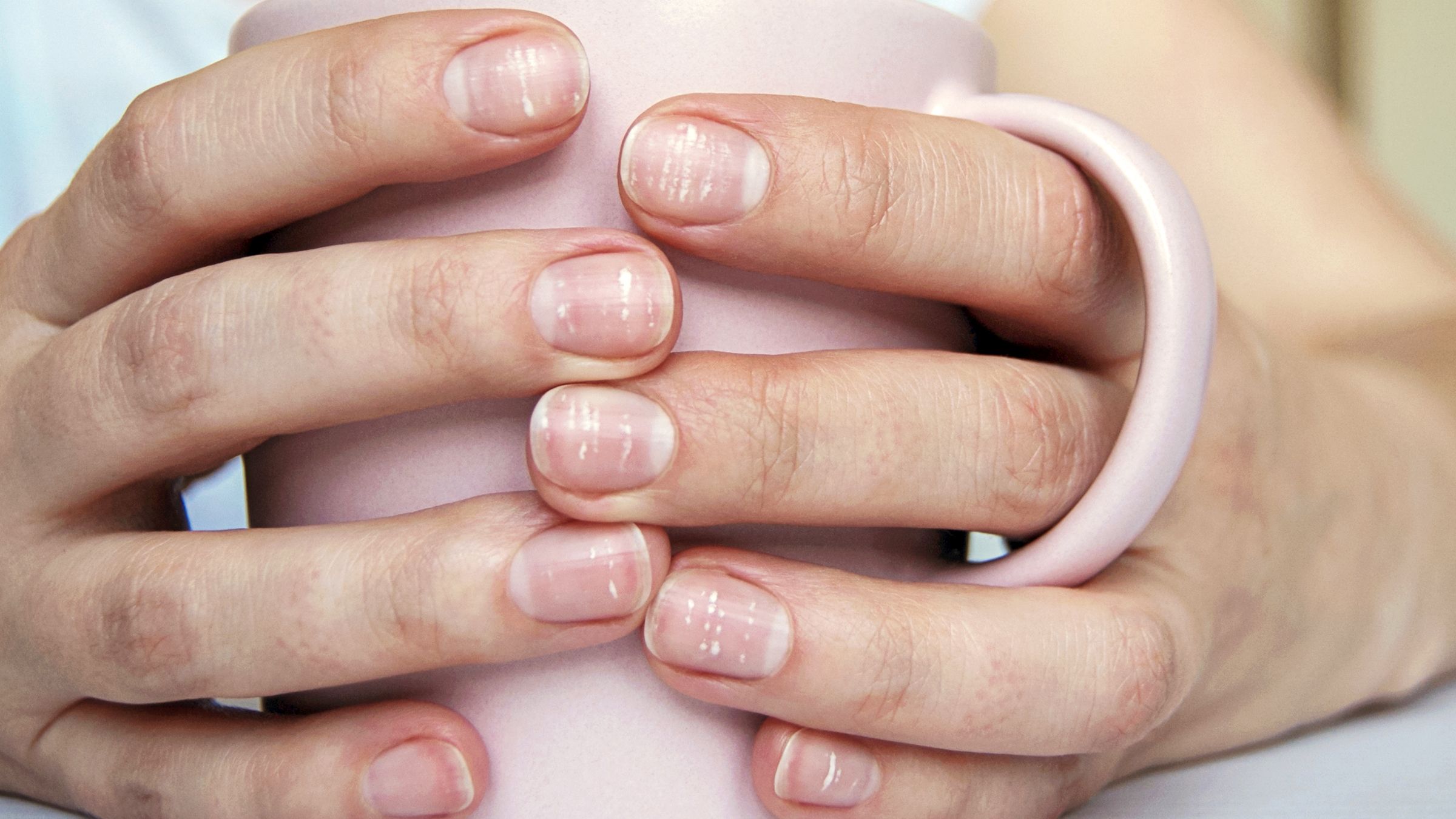
When Nails Go Weird: Read the Clues
Alright, so we know the ideal. But what if things look…off? I’m talking yellow patches, scary ridges, or nails that literally start curling up like a spoon (creepy, but it happens).
Changes in Color: Not Just a Cosmetic Thing
Let’s get real: color matters… and not just for matching your outfit.
- Yellow nails? Could be a boring fungal thing… but if they’re thick and slow-growing, it might tell you about diabetes, lung, or thyroid issues (as WebMD points out).
- White nails (leukonychia): A swipe of white that doesn’t vanish? Sometimes it’s trauma, but it might point to anemia or liver issues (more on this soon).
- Bluish nails? Stop! That’s a blood oxygen thing. Sometimes your body just isn’t getting what it needs—don’t let that slide.
- Dark brown or black lines: Not normal, especially for no reason. Get those checked, please!
Honestly, these color changes are easier to spot in a good picture than just reading about them. If you want a side-by-side comparison, this Healthy nails vs unhealthy pictures page is where I always send overly-worried friends. It’s so much clearer when you can see the real deal.

Shape Shifters: When Form Follows Function (or Dysfunction!)
Nails aren’t supposed to get dramatic—unless it’s for Halloween. If they start warping, it’s your body’s way of raising a hand for help.
- Spoon nails (koilonychia): Iron deficiency screaming for attention. If your nail literally scoops up… time to call the doc.
- Nail clubbing: Your fingertips balloon out, nails curve around—could mean heart, lung, or gut trouble.
- Ridged or pitted nails: Vertical ridges are normal with age, but deep horizontal grooves or little pits? Sometimes autoimmune stuff, like psoriasis, or a bad infection (or even chemo, not to scare anyone… but it’s real) according to Mayo Clinic.
True story—my cousin thought spoon nails looked “kinda cute” until her doctor ran an iron panel and found out she was super anemic. She got treated, her nails grew back normal, and now she’s super tuned-in to those odd changes.

The Blood Disorder Connection (It’s Not Just a Stretch)
I know, this sounds dramatic. But hear me out. Fingernails are especially good at gossiping about your blood health. In the world of healthy nails vs unhealthy, blood disorders play the villain.
How Nails Tattle on Your Blood
Think about it: your nails need a steady trickle of oxygen and nutrients. No healthy blood supply? Your nails pretty much phone it in, producing all sorts of strange signs.
| Clue | Potential Blood-Related Issue | What It Might Look Like |
|---|---|---|
| White or pale nails | Anemia (low iron or B12) | Mostly white nails, sometimes with a narrow red top band |
| Spoon-shaped nails | Iron-deficiency anemia | Nails dip in the middle, literally like a spoon |
| Bluish tint | Poor oxygen flow, potential heart/lung problems | Nails and/or half-moon lunula go blue or purple-ish |
If you spot anything like this, don’t try to diagnose yourself with Dr. Google. But do bring it up at your next check-up. (Pro tip: take a picture the next time you see something funky—super helpful for your doctor!). Want to get visual about it? Bookmark Healthy nails vs unhealthy pictures for reference.
Are Ridged, Brittle, or Spotty Nails Always Bad?
Not always! Sometimes life just happens… like typing too much, a missed nutrient here and there, or surviving a rough winter with zero moisturizer (guilty). But some changes are worth tracking.
Normal Wear and Tear vs. Something More?
- One or two white spots: Usually nothing to panic about. They’ll grow out—promise.
- Vertical ridges: Super common as we age. If you’re over 30, get ready for some “tree ring” vibes. (No judgment, just biology.)
- Thin or brittle nails: Could be way too much hot water, acetone, or just not enough keratin in your routine (tap into those 5 characteristics of a healthy nail again for how to fix this).
But here’s the kicker—if you see sudden changes in multiple nails, or new things keep popping up, that’s worth a mention at your next physical. Sometimes, it’s our only clue that something inside needs attention.
Quick Fixes: What Actually Works?
You know those “miracle” nail strengtheners and Instagram hacks? Yeah… a lot of them are junk. But some stuff is the real deal. Let’s get practical for a sec:
- Keep nails clean, dry, and filed gently. Moisture is not always your friend—it’s germs’ favorite vacation spot.
- Trim regularly, with sharp scissors or clippers. Trust me, curved, soft nails are easier to care for—straight up, literally.
- Eat well: Lean into leafy greens, beans, eggs, salmon—protein and iron help your nails grow strong and healthy (as this healthy nail guide notes).
- Don’t pick, bite, or rip at hangnails. Those tiny cuts can lead to nasty infections. If you do pick (I feel you), try to keep some cuticle oil handy as a reminder to be kind to your skin.
- Use gloves for chores—hot water and harsh cleaners are brutal. Seriously, treat dish duty like you’re scrubbing with lava (that’s how your nails feel, anyway).
What About Supplements? Should You Try Biotin?
Some research says biotin can help weak nails… but it doesn’t work for everyone. If your diet’s solid and you’re still struggling, maybe ask your doc before stocking up. Also? If you’re tempted by trendy collagen drinks—jury’s still out.
Real Talk: My Nail Wake-Up Call
Okay, story time: About a year ago, my nails got this weird yellow tinge. I panicked (welcome to my personality), Googled everything, and convinced myself I had some bizarre tropical disease. Turns out I just needed to chill on the self-tanner and swap out my nail polish remover. Within a month, my “healthy” pink was back… but I acted fast because I knew that sometimes, all it takes is catching things early (healthy nails vs unhealthy is a thin, fragile line).
If you want backup for your own sleuthing, again, check out these Healthy nails vs unhealthy pictures and make your own “spot the difference” game at home.

One Last (Gently Manicured) Thought
Your nails are more than just an excuse for a salon day. Underneath all the polish, stickers, and envy-inducing Instagram nail art, they’re telling your health story in real time. If you catch little clues—spots that don’t fade, colors gone sideways, sudden brittle bends—listen. It’s not about panicking; it’s about tuning in and having your own back.
So, if you’ve made it this far, look at your hands right now. Give your nails some love. Maybe compare them to the 5 characteristics of a healthy nail, have a laugh, share this with your bestie who’s always worried, or—if you’re overdue—book that checkup.
Your body whispers before it ever shouts. Let your nails do the talking, and don’t be afraid to listen. What’s one thing you’ve noticed about your nails that made you pay attention? Drop it in the comments. Let’s all keep learning together. You’ve got this—one non-stress-brittle nail at a time.









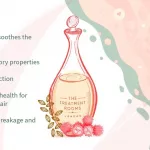
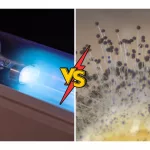
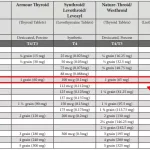

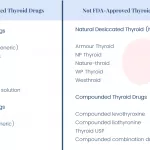




Leave a Reply
You must be logged in to post a comment.